Americans Commence Siege of Quebec
With the capture of Montreal by General Richard Montgomery and the presence of Colonel Benedict Arnold’s force of 600 men on the Plains of Abraham, Britain’s foothold in Canada had dwindled to about one square mile, the area within the mighty walls of Quebec City. Now the defenses of that fortress would be tested by a band of determined Americans.
The city they planned to assault is in one of the more beautiful locations in North America. Quebec City sits high on a promontory about 300 feet above the confluence of the St. Lawrence and St. Charles Rivers. In 1775, it was comprised of a Lower Town filled with wharves, warehouses, and small houses and an Upper Town nestled behind the massive ramparts of Quebec. A sheer face of granite rose from the river to Upper Town.
Immediately in front of the city walls was a large area of fields used for cattle grazing called the Plains of Abraham, named after a French fisherman who owned the area in the 1600s. It was here that French General Louis-Joseph Montcalm was defeated by British General James Wolfe in 1759, thus losing the city during the French and Indian War.
Soon after arriving at Quebec City, Arnold boldly issued a demand to the inhabitants of the city to surrender or face an assault by the Americans. The Canadians took a quick look at Arnold’s force in their thread bare clothing, without any artillery, and looking half starved, and decided they would take their chances with his threatened attack.
Realizing his bluff had failed, Arnold tried to establish a siege around Quebec, but his force was too small, and the siege was ineffective. Finally, on November 19, Arnold lifted the siege and moved his men twenty miles upstream to Point-aux-Trembles to await Montgomery and his contingent fresh from their conquest of Montreal. Coincidentally, that same day British General Guy Carleton landed on the wharves of Quebec and began to plan his defense of the city.
“British General Guy Carleton.” National Archives of Canada.
On December 2, Montgomery arrived at Quebec with captured British clothing and supplies for Arnold’s cold and hungry men, ten artillery pieces, but with only 500 additional soldiers. He had left a detachment in Montreal, and many men had already started for home when their enlistments expired. Between the two groups, there were now about 1,100 Americans available for service facing Carleton’s force of 1,800 Canadian militiamen and British regulars.
For a second time, the Americans commenced a siege of Quebec, but Montgomery knew a protracted, passive siege was not a viable option because the enlistments of most of the remaining men expired at midnight on December 31, just a few weeks away. Almost immediately, Montgomery sent a letter to Carleton demanding he surrender the city. Carleton, disdainful of the Americans and considering them a traitorous rabble, refused to even read Montgomery’s correspondence.
Consequently, on December 9, American artillery pieces began a bombardment of Quebec in the hopes of persuading Carleton to change his mind. However, the cannons in Montgomery’s command were too few and too small to make a dent in the immense city walls. Moreover, Carleton had four times as many pieces of artillery, protected by stone ramparts, firing back at the American guns.
The artillery duel was short lived, and, by Christmas Eve, several American artillery pieces had been silenced by British shells. To preserve his remaining guns, Montgomery ordered them to the rear.
The simple reality was that the American army had arrived at Quebec under armed and undermanned, especially in terms of the heavy artillery needed to breach Quebec’s massive ramparts. They had not planned the expedition well and had been a bit too optimistic when assessing their chances at taking Quebec. Now, they could neither batter down the walls nor effectively lay siege to the city.
Montgomery had two choices remaining: he could either order a retreat back to Montreal and await reinforcements from the colonies or try a desperate assault on the city and take it by storm before their men left for home on December 31. Neither option was all that good, but Montgomery knew they had traveled too far, and the goal was too important, to turn back.
Next week, we will discuss the assault on Quebec City. Until then, may your motto be “Ducit Amor Patriae,” Love of country leads me.
This article is the fifth in an eight-part series.

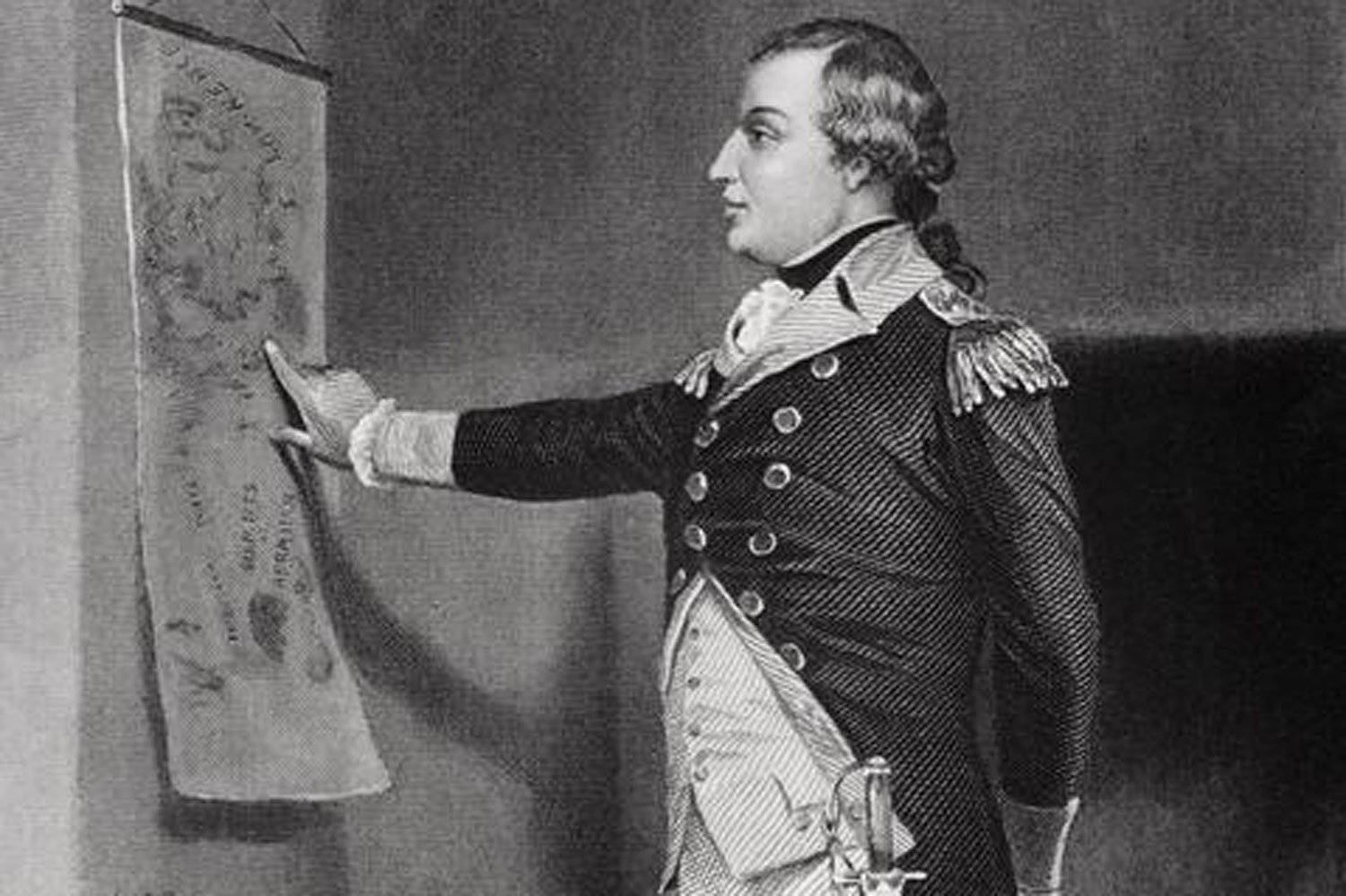
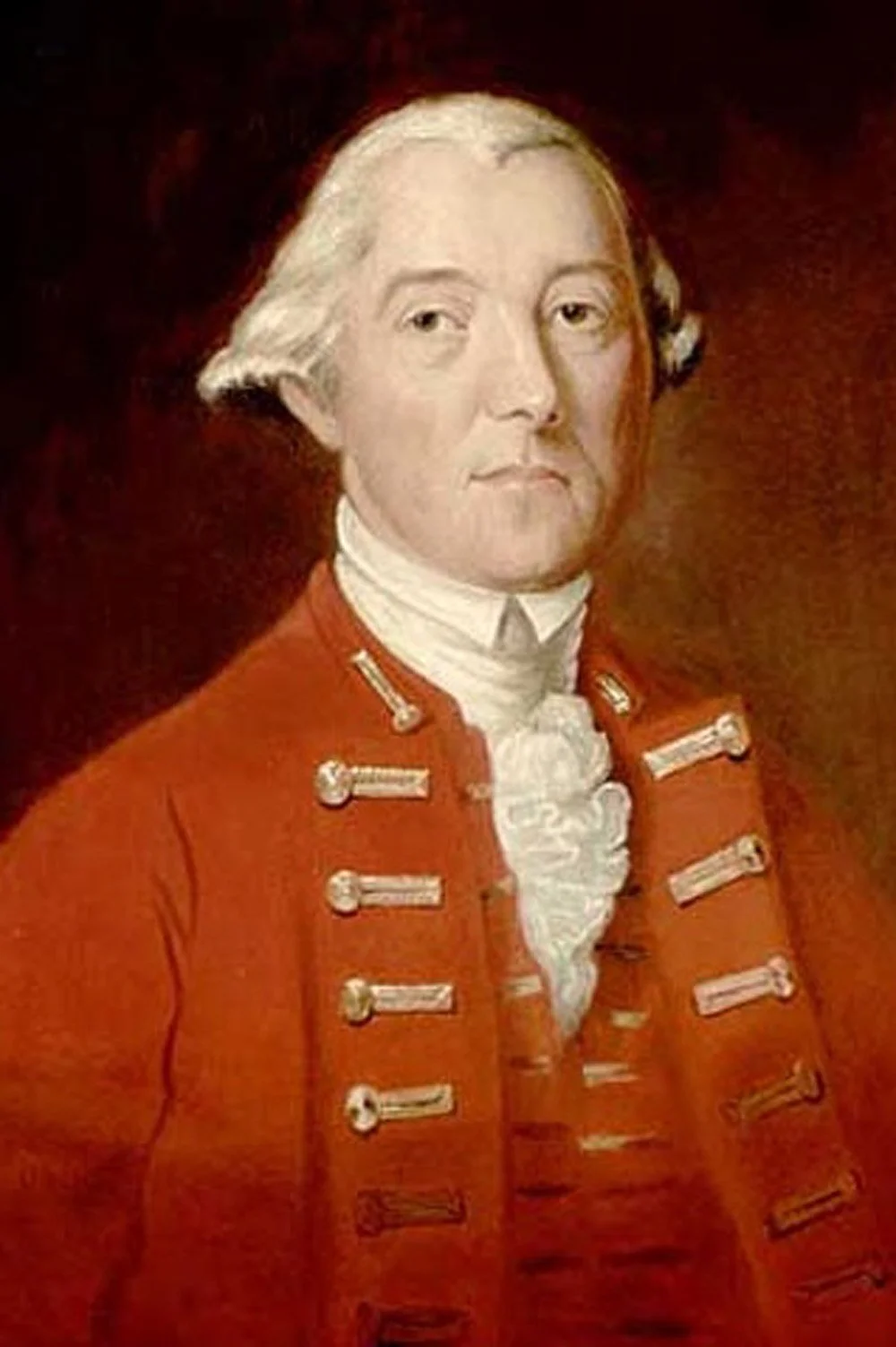
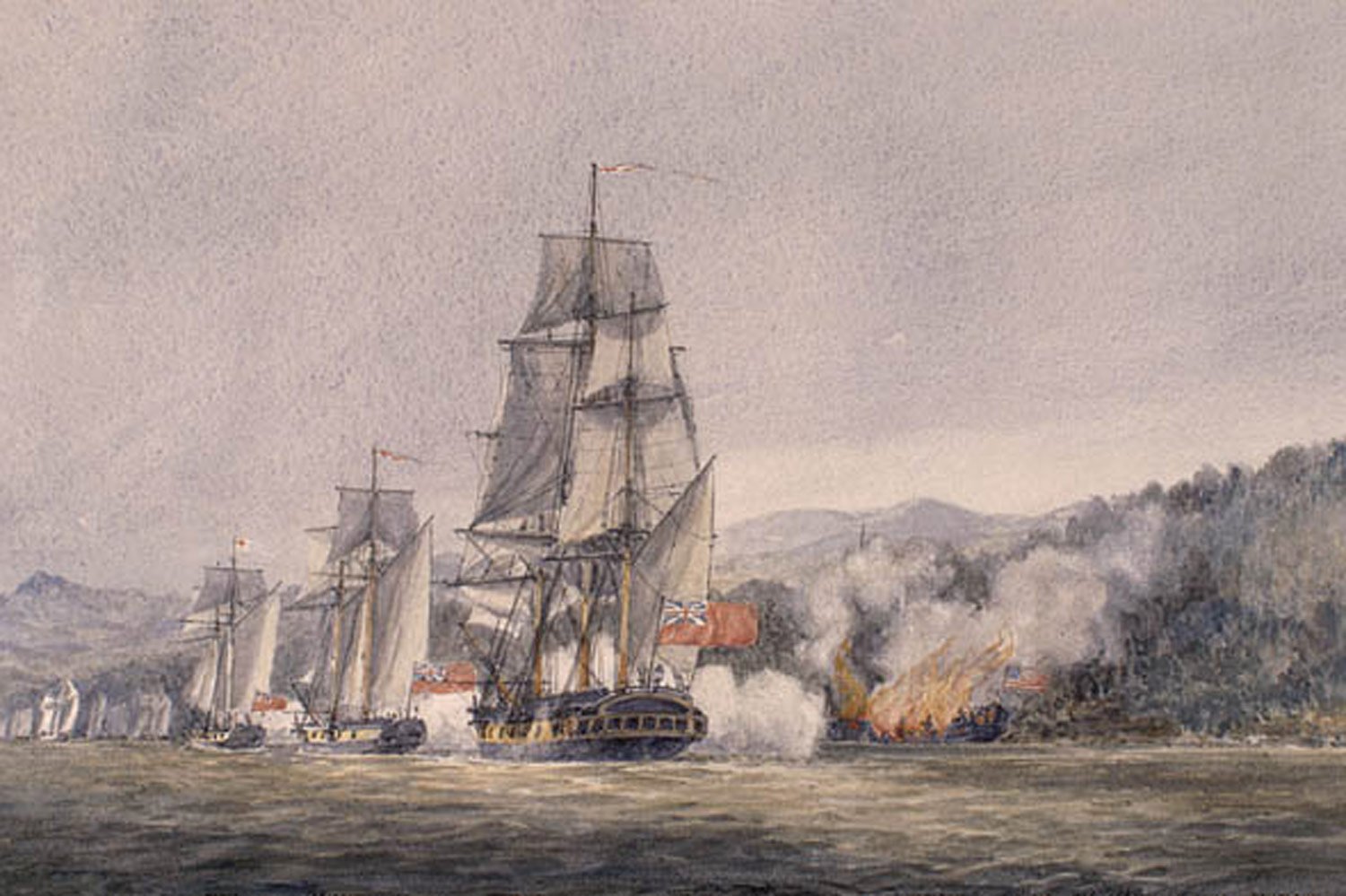
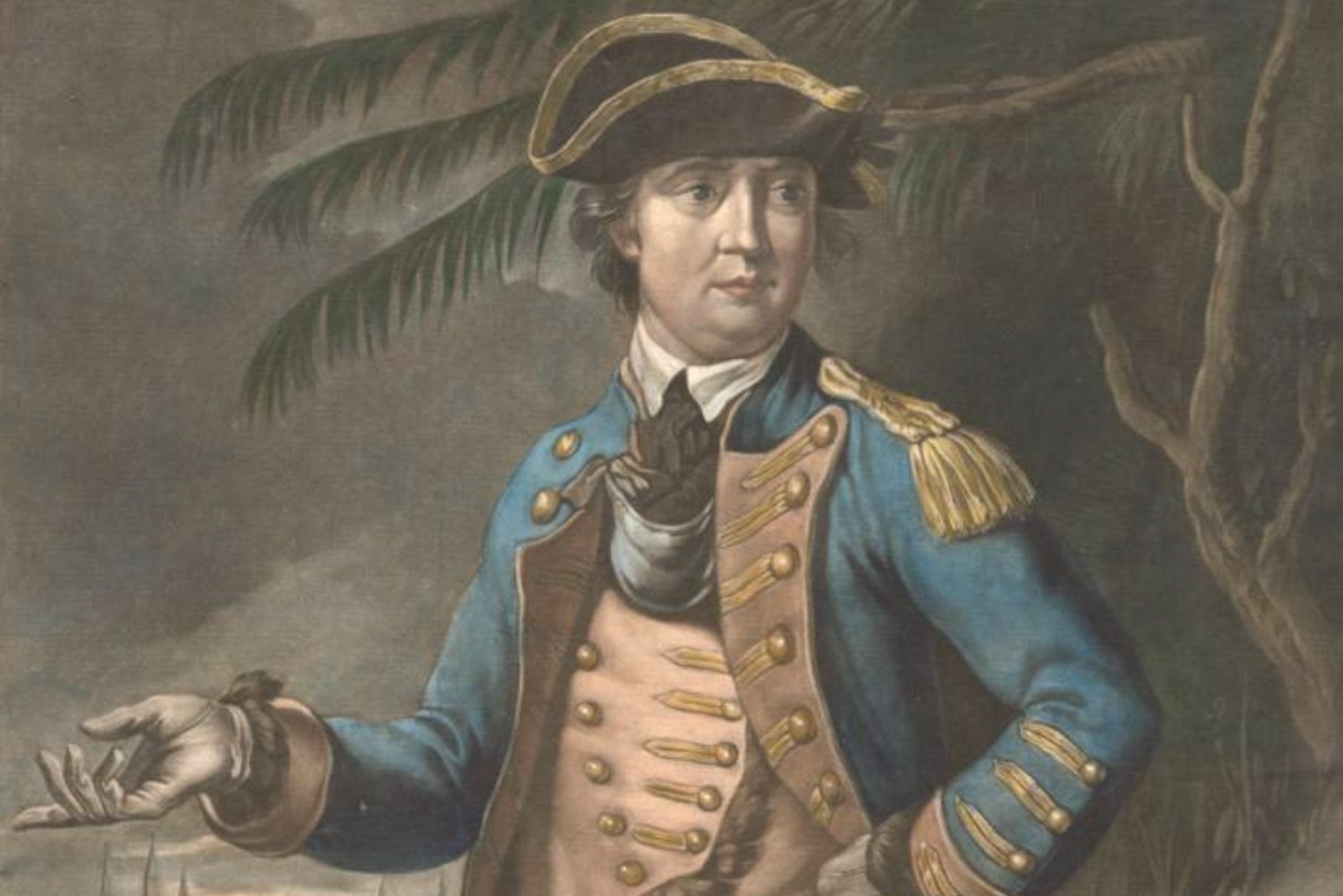
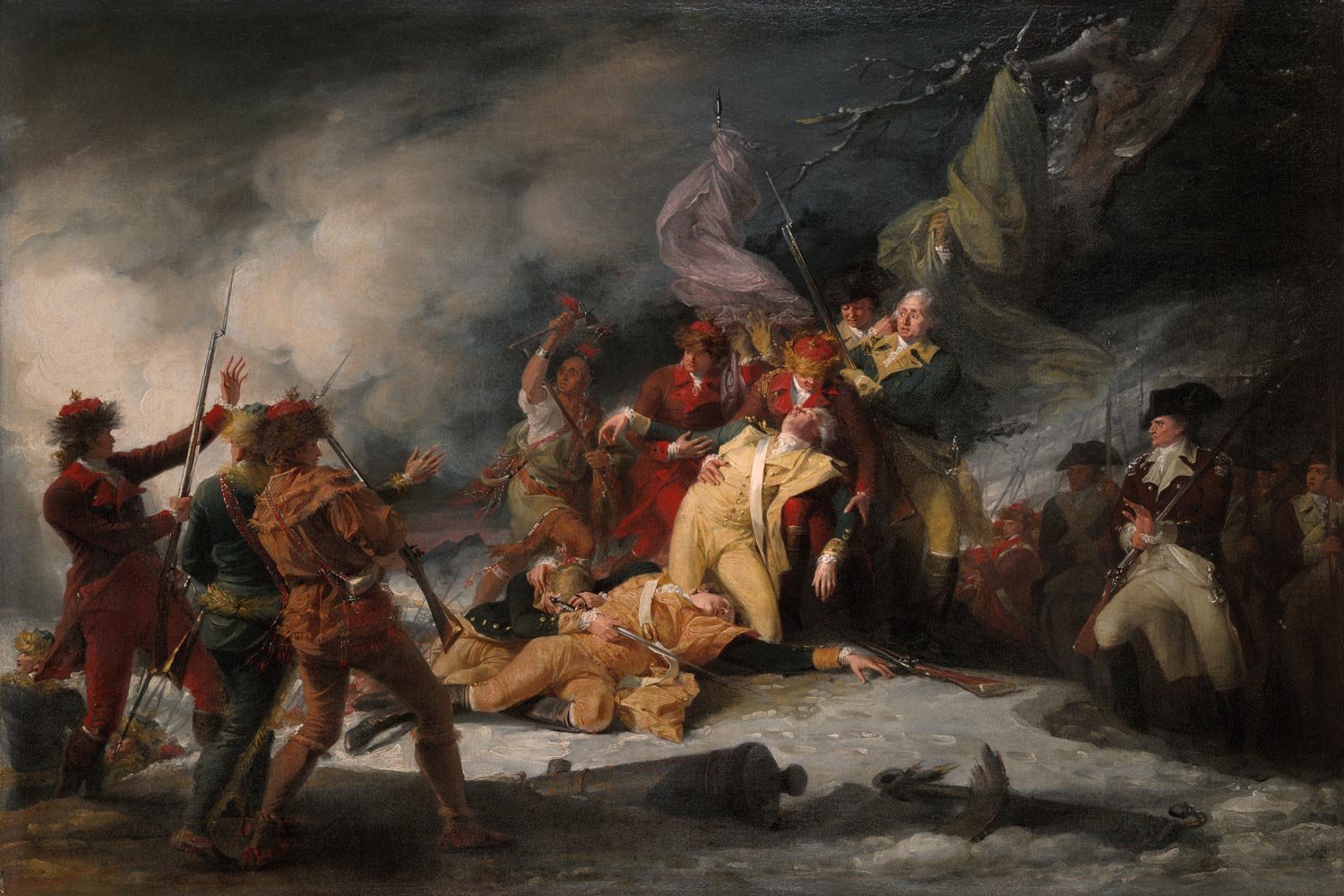
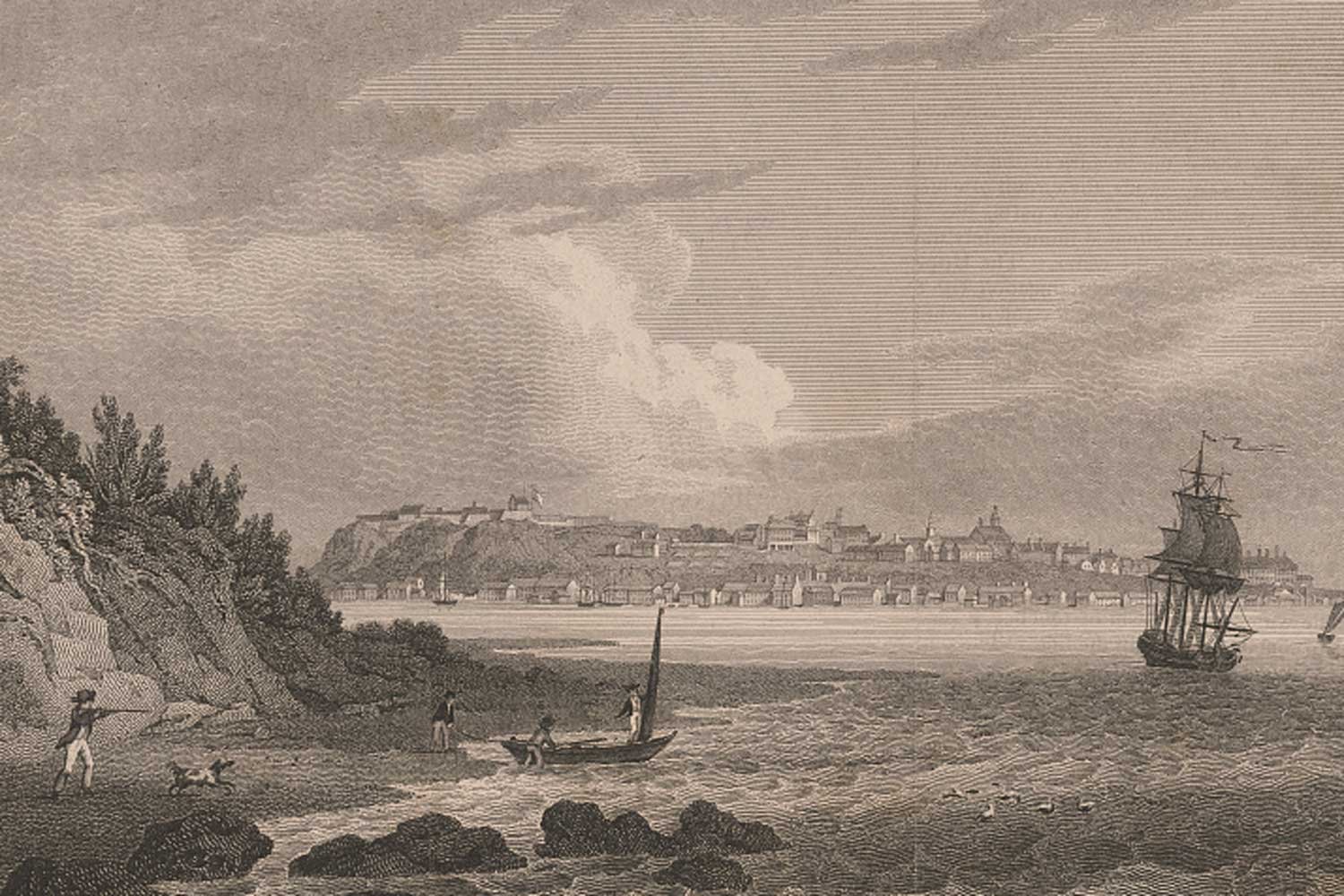
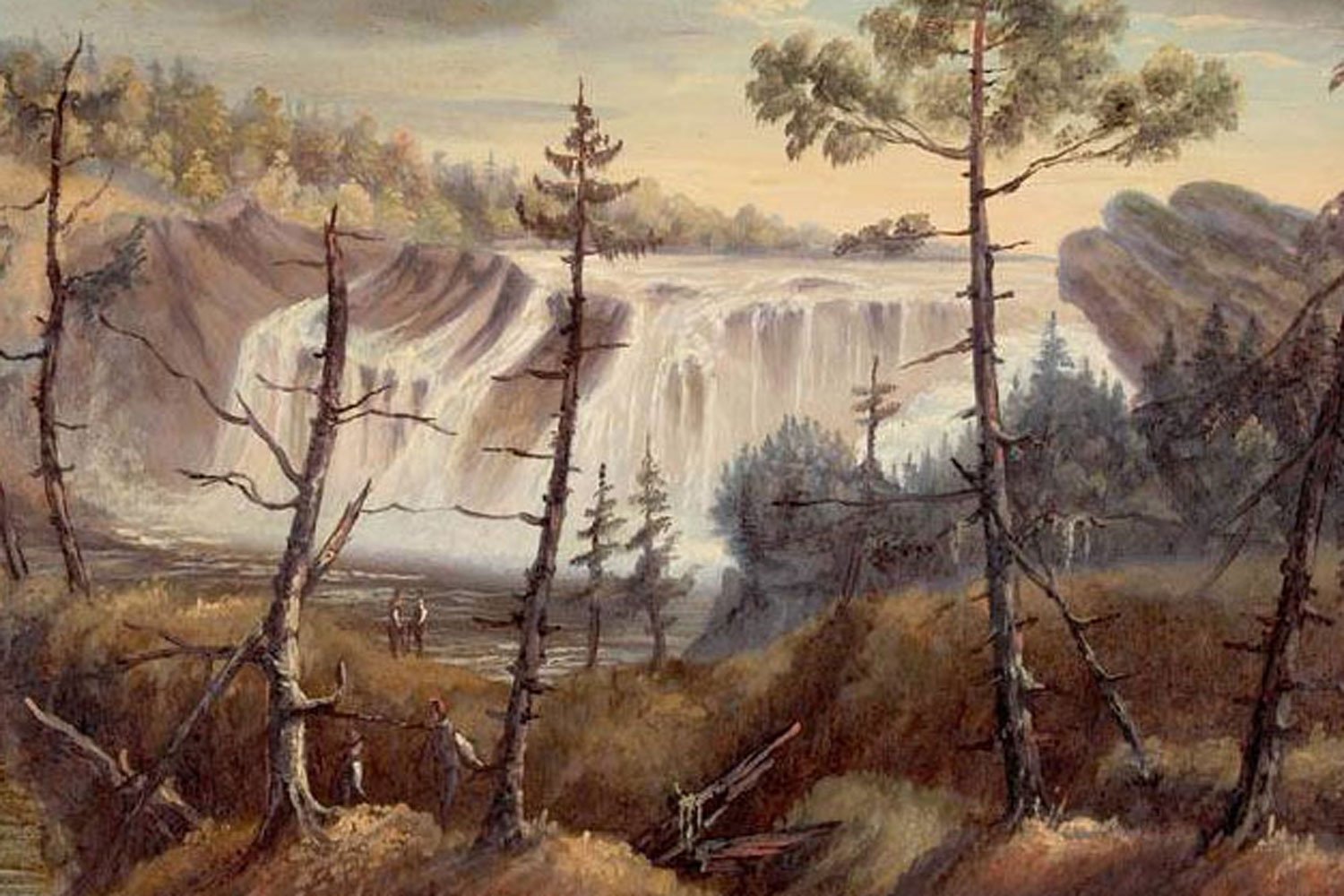
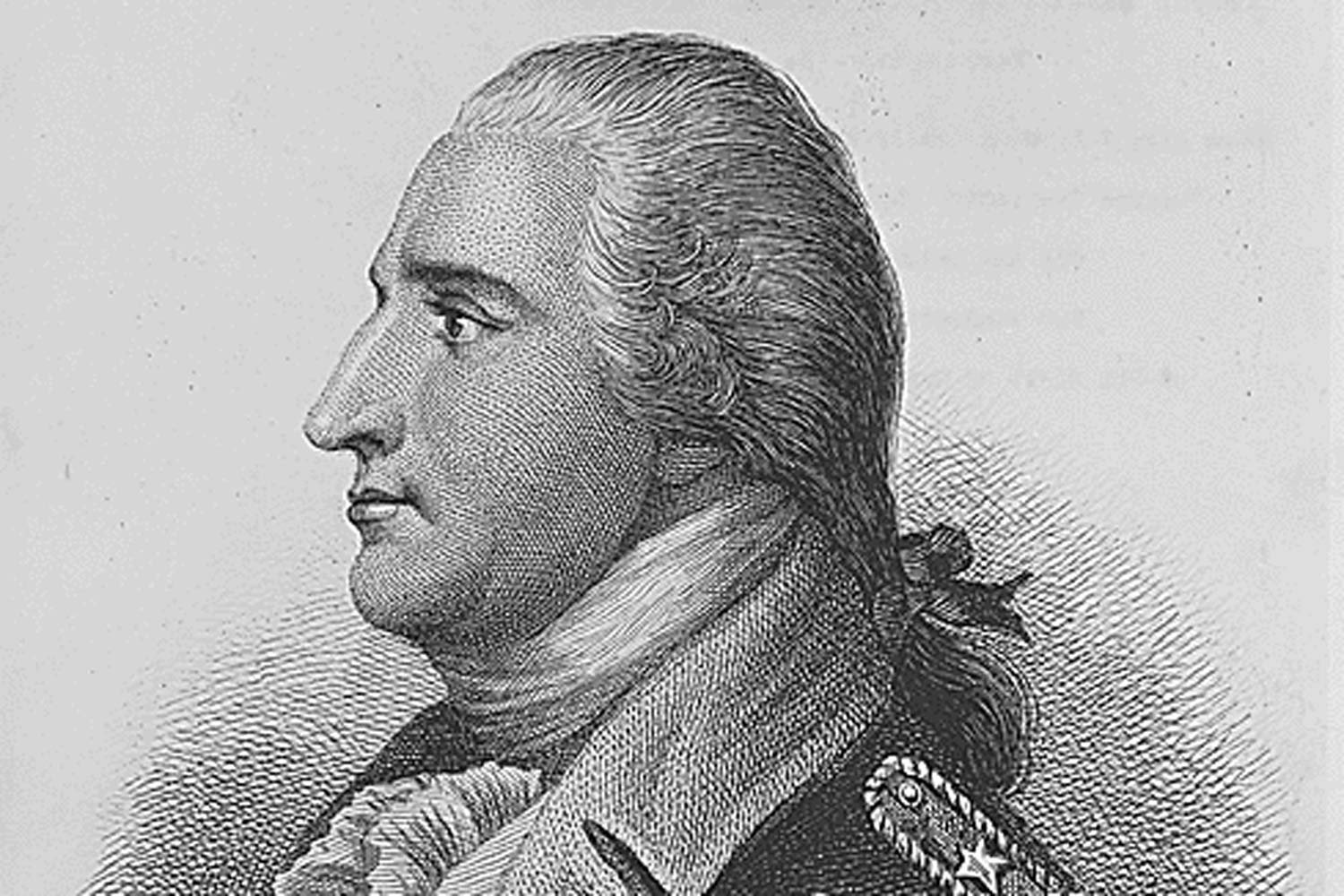
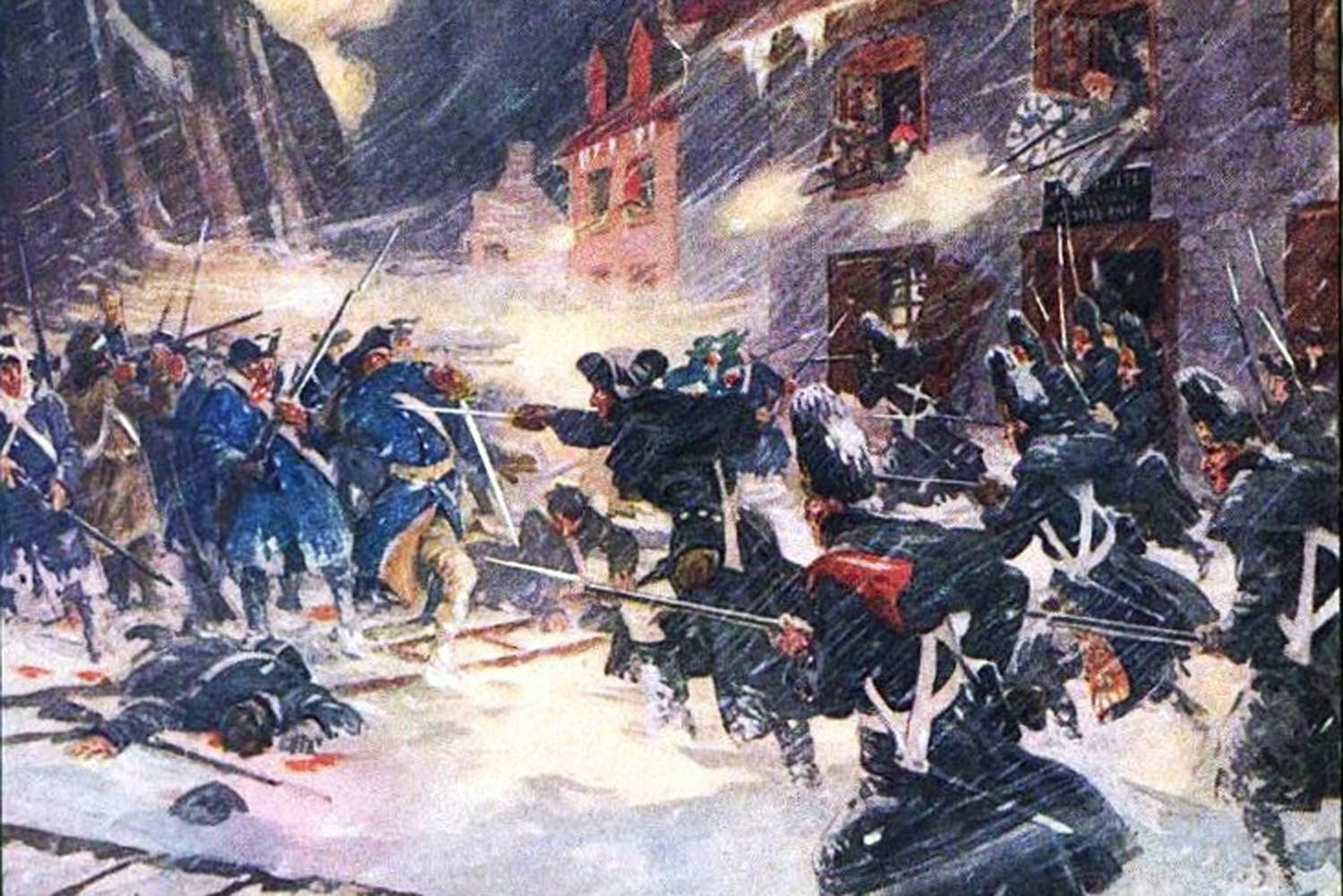
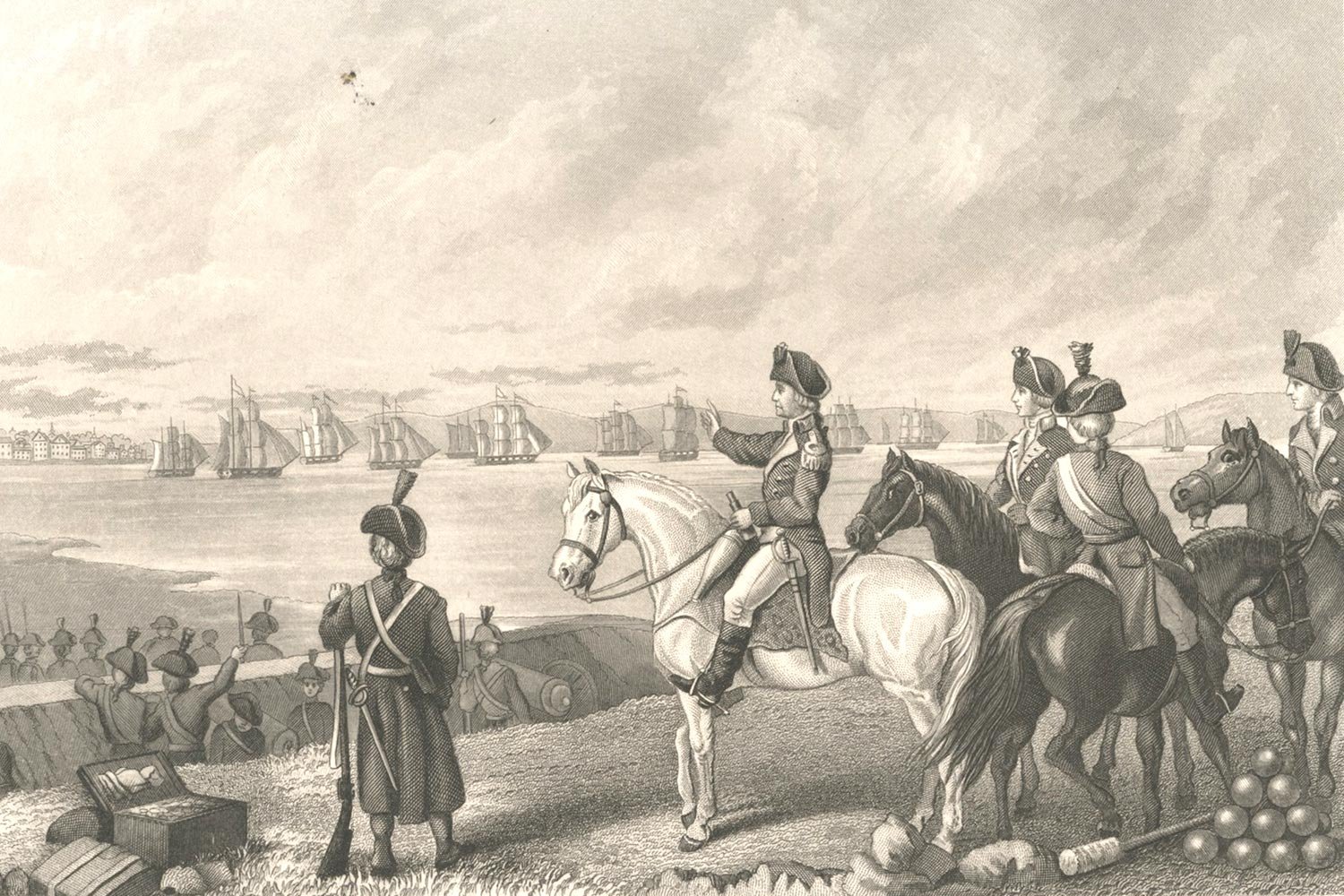
Despite his early successes of capturing Fort Ticonderoga and defeating the American rear guard at both Hubbardton and Fort Anne, Burgoyne now faced the greatest adversary of an army invading a foreign land: a lengthening supply line. As Napoleon remarked, an army marches on its stomach and the British soldiers were no exception.